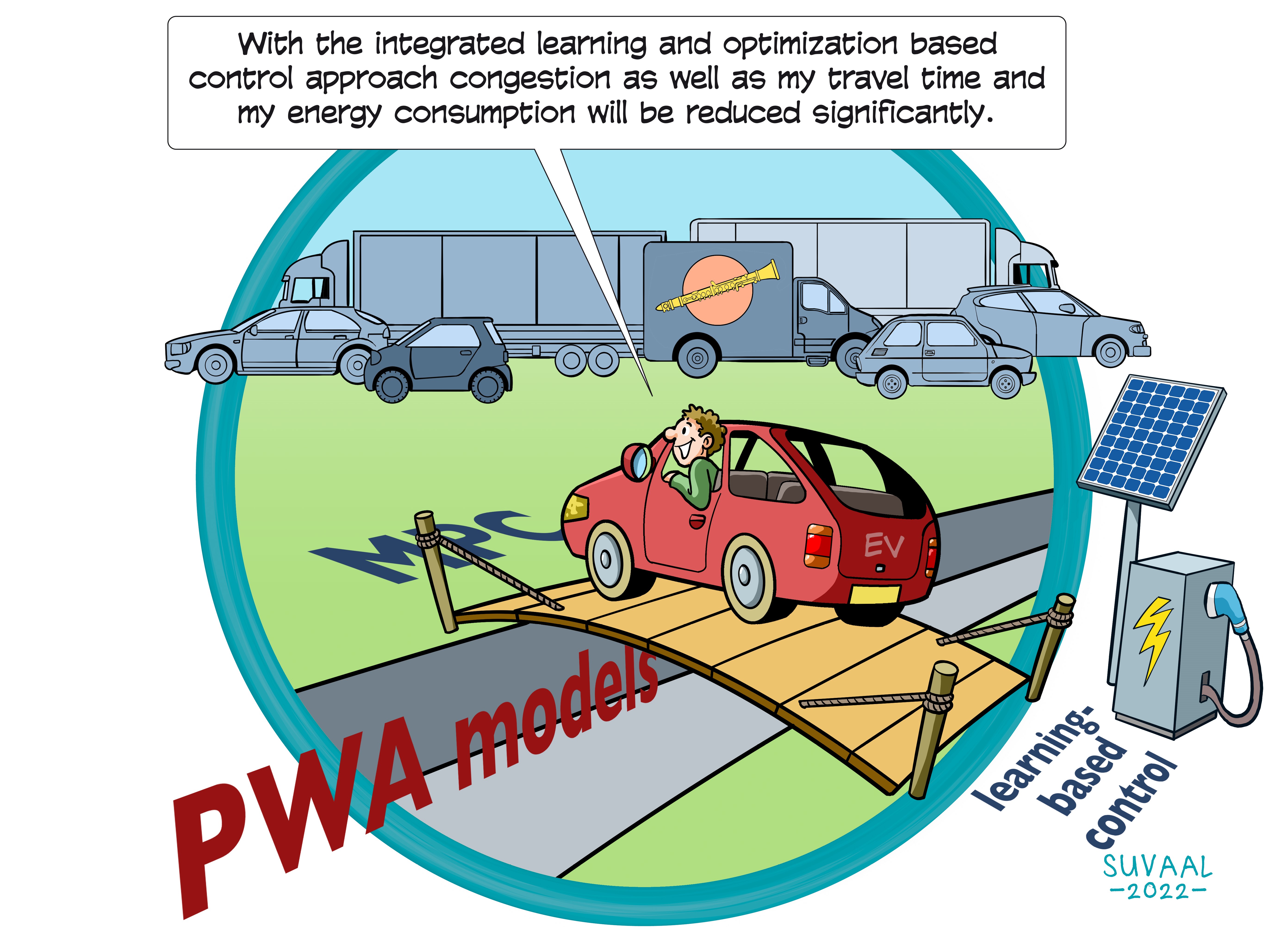Clarinet: A Novel Control Paradigm for Large-Scale Hybrid Networks
Research Themes: Software Technology & Intellligent Systems, transport


A TRL is a measure to indicate the matureness of a developing technology. When an innovative idea is discovered it is often not directly suitable for application. Usually such novel idea is subjected to further experimentation, testing and prototyping before it can be implemented. The image below shows how to read TRL’s to categorise the innovative ideas.
Summary of the project
Day by day transportation and energy networks are not only becoming smarter but also more complex. Control of such large complex networks is currently far from optimal. The researcher aims to combine the advantages of two control approaches into one novel unified control paradigm. He works on integrating optimization-based control with learning-based control. The former has the advantage that you can take various performance criteria into account, it allows you to find the best optimal solution, and it also allows you to take operational and other constraints on the system variables into account. The learning-based control approach on the other hand has the advantage that you train the control policy in advance, which makes the on-line calculations really fast. As a model-based setting is used a major challenge for large-scale networks is to build a ‘simple’ model for very complex situations. One of the solution directions for these complex situations is that you to zoom in on smaller parts – take a decision and then zoom out again to the whole network. For instance the framework will allow you to zoom in on a neighborhood to model electricity grids or traffic networks, e.g. a residential area or an industrial area, and then go back to the overall workings for the network.
What's next?
When the researcher has succeeded in creating a new integrated optimization-based and learning-based control framework, the next step is to look into the effect of uncertainty in the system. Different aspects can play a role, such as the weather, but also the different time scales in which events can take place. For instance, in traffic you have specific patterns based on which traffic lights switch to green or red. But depending on the time of day – e.g., rush hour - the pattern may change. The situation is also completely different when a road accident has occurred. How does the integrated control approach has to deal with this? Another next step is to make the control algorithms faster and more efficient in calculation time and power.
With or Into AI?
Into
Prof dr. ir. Bart De Schutter
Faculties involved
- 3ME
